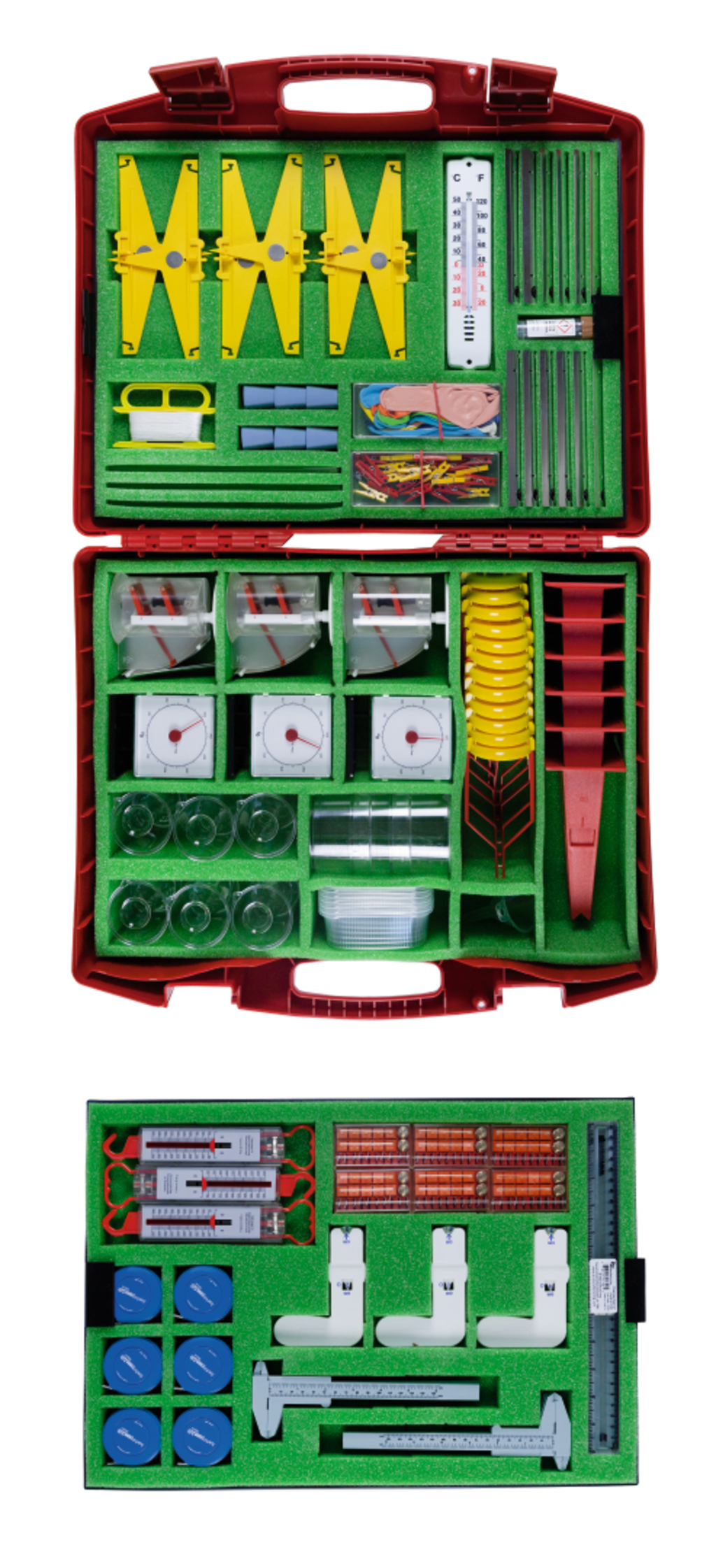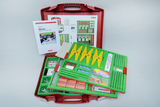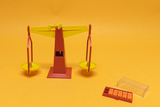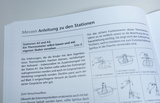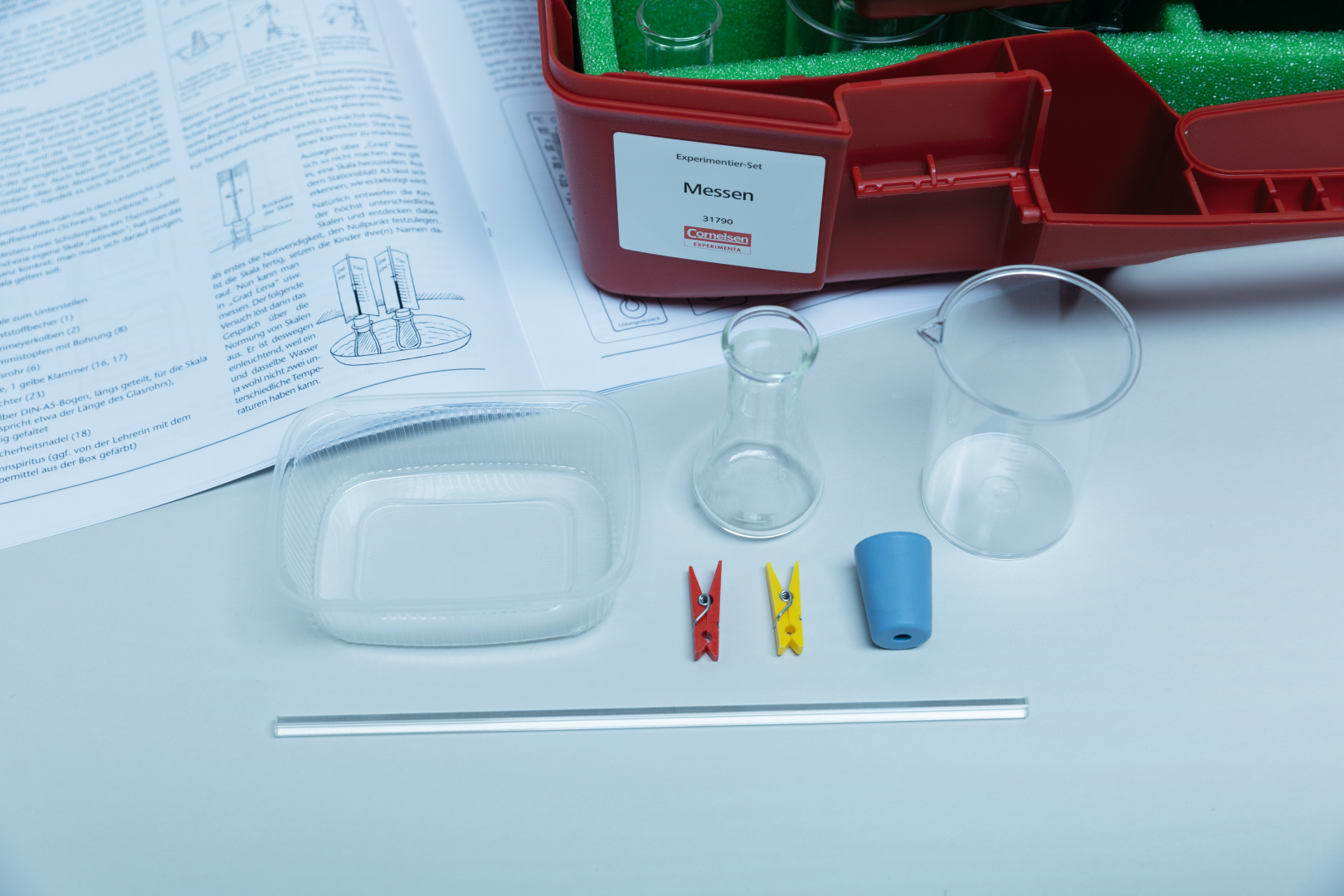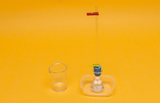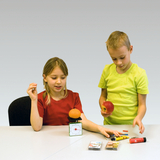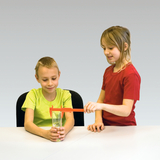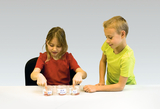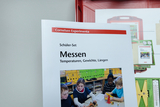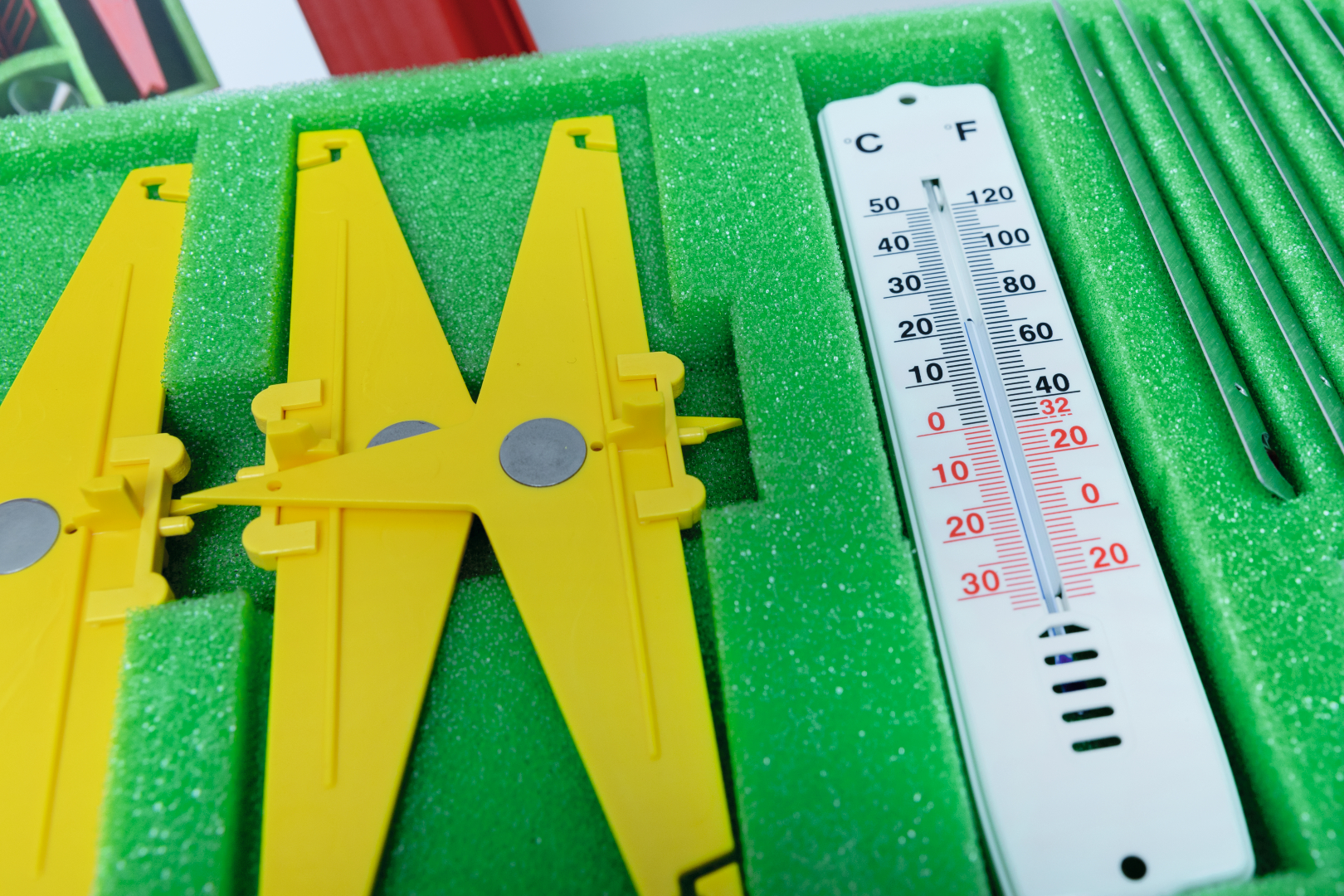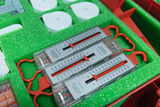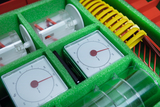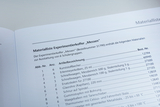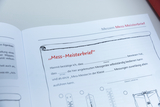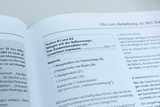Students Kit ‘Measurement of temperature, weight and length’
The kit contains a complete collection of materials for the easy use on the primary level where the measuring of temperature, weight and length are explored.
The kit is well applicable for science and mathematical lessons. The pupils will acquire basic knowledge about measuring systems and predefinitions. They also practise the use of measuring instruments and learn to choose the appropriate equipment.
The reason for different measuring system is clarified and important scientists are mentioned specifically.
The manual contains 22 experiment descriptions which can be carried out with the materials from the kit.
For all experiments easily comprehensible worksheets are supplied.
Technical specifications
Size of kit: 540 x 450 x 150
The children build a thermometer themselves.
Children enjoy making and using this functional model to practice alone or with a partner. It shows two thermometers at the same height.
We will shortly provide you with a description of the experiment at this point.
The name of the station already suggests it: It is intended for the children who have mastered measuring with a thermometer.
While building this very simple yet functional scale model, children will learn a lot about beam scale technology.
In this type of balance, you do not compare the mass to be weighed with another (that of the weights), but with the change of a spring.
The spring scale can be used to quickly weigh many satchels and start a fruitful conversation. In order for the children to be able to independently understand the facts according to the model of learning at stations, the text includes a table that provides a rough guide to how much 10% of one's own body weight is.
The aim of this station sheet is to answer the question that children like to ask: How does the manufacturer of yardsticks and rulers know what a meter is?
As is usual with station work, the children work out the correct use of the tape measure from the station sheet before taking the suggested measurements. Of particular importance, of course, are the application of the zero point and the tensioning of the tape. Some children also need to be sure about the division of the tape into cm and mm.
The goal of working with this station sheet is to provide countless measurement activities with high motivation. With this simple device, the children can make measurements that are not possible for them with the rulers and triangles they usually use at school: Diameters (inside and outside) depths, thicknesses, lengths that are complicated to determine.
Being able to recreate the coveted caliper out of the box is highly motivating. The model also works amazingly well and has proven itself in many elementary school classrooms.
To measure is to compare. Units of measurement represent agreements about what to compare with, how the units are defined, and how or after whom they are named. This is the insight that this station provides.
The goal of working with this station sheet is hands-on measurement training. Although the children themselves will find many measurement locations in the classroom, 19 tasks are provided here to ensure maximum measurement and systematic note-taking.
If you want to lead children in the long term to understand how to handle technical devices they are still unfamiliar with, this is an opportunity to do so.
First of all, they deal with the "instructions for use" for the scales, whereby they follow each step on the scales in an active way.
Children use it often enough to achieve the desired training success and learn elementary things about measuring tapes while gluing them together.
- 1 × Funnel, PP, 50 mmØ
- 2 × Plastic box, 140x50x25mm
- 1 × Plastic case ca.540x450x150 mm
- 2 × Tray 510x360x20 mm
- 1 × Storing diagram,int.vers.
- 1 × Foam insert 3 for 31790, 510x365x80 mm
- 1 × Foam insert 2 for 31790, 505x355x25 mm
- 1 × Foam insert 1 for 31790, 505x355x25 mm
- 3 × Dial balance, 500 g
- 6 × Caliper gauge, simple 150mm orange/only mmscale
- 6 × Ruler 30 cm, plastic
- 6 × Measuring tape roll 150cm
- 1 × Thermometer C + F scale, 207x43mm
- 3 × Rapid scale, 100 g
- 3 × Carrier bag
- 3 × Spring balance 5000 g (Graduation: 100 g)
- 1 × String on spool
- 6 × Set of weights (in box)
- 12 × Scale pan, yellow with red holder
- 6 × Balance slider (adjustment rider)
- 6 × Balance beam, yellow
- 6 × Balance stand, plastic red
- 3 × Measuring wheel(Metrilog)
- 3 × Beaker, plastic 250 ml, graduated
- 6 × Thermometer, student type–25 to +50°C
- 1 × Colouring agent, red for lab use only
- 6 × Rubber stopper 24/18 mm with bore 6 mm
- 6 × Beaker, plastic, 100 ml (graduated)
- 6 × Thermometer student type –3°C to +103°C
- 6 ×
- 12 ×
- 2 ×
- 1 ×
- 6 ×
- 6 ×
- 6 ×
- 12 ×
- 12 ×
